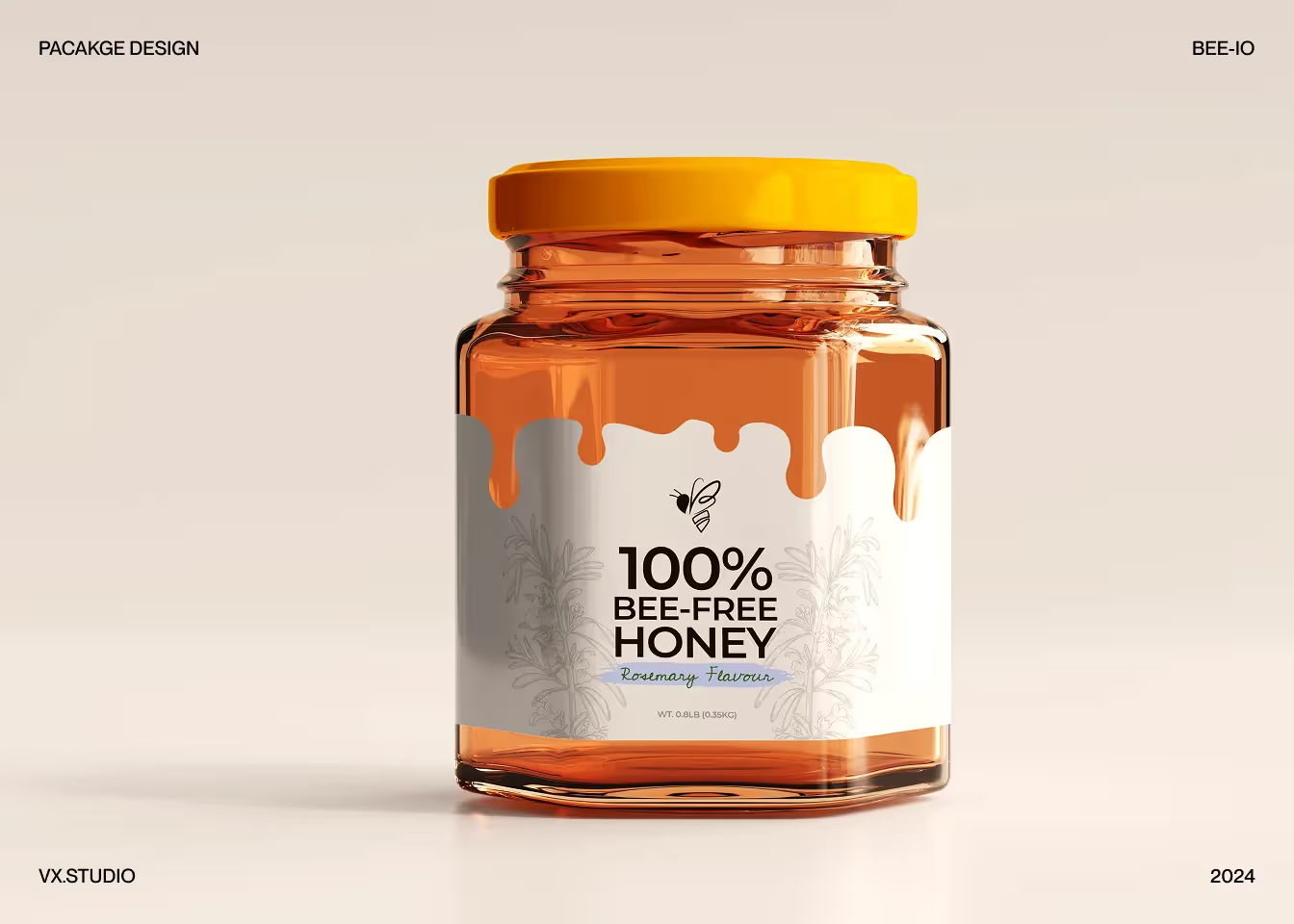Sustainability by design: eco-friendly packaging as the new norm
Sustainability in packaging is no longer a differentiator—it’s an expectation.
As consumers demand eco-conscious choices and regulations push for greener solutions, brands must rethink their approach to packaging.
But sustainability isn’t just about swapping plastic for paper—it’s about designing with intention, efficiency, and long-term impact in mind.
Sustainability is now the default, not the exception

THE SHIFT: Eco-conscious packaging is becoming the industry standard.
For years, sustainability in packaging was a niche concern.
Today, it’s embedded in nearly every design brief. From recyclable materials to minimalist packaging and biodegradable alternatives, brands are integrating sustainability as a core feature, not an afterthought.
THE DATA: The demand for sustainable packaging is skyrocketing.
- 74% of consumers are willing to pay more for sustainable packaging (McKinsey, 2023).
- 63% of global brands have committed to making all packaging reusable, recyclable, or compostable by 2025 (Ellen MacArthur Foundation, 2023).
- Plastic waste regulations are tightening worldwide, forcing brands to innovate or face penalties (OECD, 2024).
Designing for sustainability: what matters most?
1. Materials matter: beyond “recyclable” labels
Sustainability isn’t just about using recyclable materials—it’s about choosing the right material for both function and environmental impact.
- Alternative fibers (e.g., hemp, mushroom-based, seaweed) are emerging as viable replacements for traditional plastics.
- Compostable films are reducing reliance on fossil fuel-based packaging.
- Mono-material packaging (using a single recyclable material) is gaining traction for easier waste processing.
Example: Coca-Cola’s “PlantBottle” initiative integrates plant-based PET plastic, reducing carbon emissions while maintaining durability.
Risk to avoid: Greenwashing—misleading claims about a package’s recyclability or sustainability—can erode consumer trust and invite regulatory scrutiny.
2. Minimalism: less is more (and more cost-effective)
Reducing packaging doesn’t just cut waste—it lowers production costs and shipping emissions.
- Smaller, lightweight designs minimize material use and reduce carbon footprints.
- Smart packaging innovations (e.g., dissolvable pods, refillable systems) eliminate unnecessary waste.
- Flat-pack and foldable packaging optimizes transport efficiency, saving space and fuel.
Example: Apple redesigned its iPhone packaging to remove plastic wrap and reduce box size, cutting its carbon footprint significantly.
Risk to avoid: Cutting too much—over-simplified packaging can compromise product protection and brand perception.
3. Circular design: thinking beyond single use
A sustainable package isn’t just about how it’s made—it’s about where it goes after use.
- Reusability models (e.g., refill stations, returnable packaging) extend packaging life cycles.
- Closed-loop systems (brands taking back used packaging for recycling/reuse) reduce landfill waste.
- QR codes & digital tracking enable consumers to learn how to properly dispose of packaging.
Example: Loop partners with brands like Nestlé and Unilever to provide durable, refillable packaging, reducing single-use waste.
Risk to avoid: Lack of infrastructure—recycling and composting capabilities vary by region, making some “sustainable” solutions ineffective.
The bottom line: sustainability is no longer optional
Sustainability isn’t just built into packaging—it’s built into consumer expectations, brand strategies, and regulatory frameworks.
Forward-thinking brands that innovate, simplify, and rethink packaging life cycles will win consumer trust and stay ahead of industry shifts.